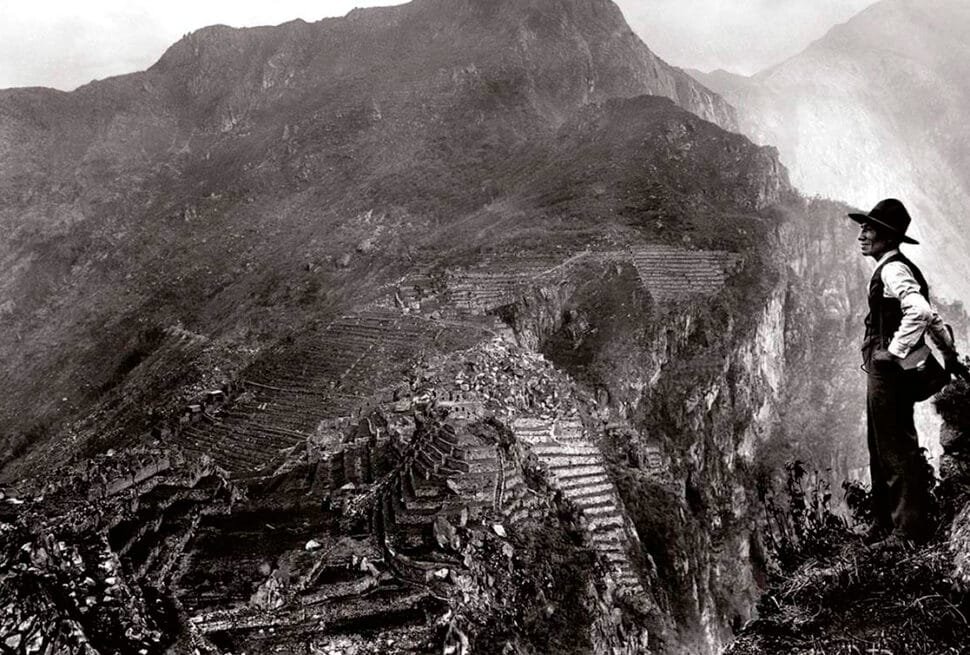
Pisco, a grape-based brandy, is more than just an alcoholic beverage; it is a cultural emblem of Peru. Named after the port of Pisco, this spirit carries centuries of history and tradition. Recognized internationally for its unique flavor and quality, Pisco plays a vital role in Peruvian gastronomy and tourism. This article delves into the historical, cultural, and economic significance of Pisco, showcasing its journey from the vineyards of colonial Peru to the tables of global connoisseurs.
The research for this article combines historical records, expert interviews, and an analysis of contemporary Pisco production and export data.
-
Historical Roots: The history of Pisco begins in the 16th century when Spanish settlers introduced grape cultivation to Peru. The coastal region’s arid climate and fertile soil proved ideal for vineyards. By the late 16th century, surplus wine production led to the distillation of Pisco, named after the port from which it was exported.
-
Cultural Significance: Pisco quickly became a staple of Peruvian life, celebrated in literature, music, and traditions. Its role in iconic cocktails, such as the Pisco Sour and Chilcano, highlights its versatility and enduring appeal. These beverages have become symbols of Peruvian hospitality and creativity.
-
Production Process: Authentic Pisco production adheres to strict regulations. Only eight grape varieties are allowed, and it must be distilled in copper pots without added water or aging in wood. This meticulous process ensures Pisco’s distinctive aroma and flavor profile.
-
Economic Impact: Today, Pisco is a thriving industry, supporting thousands of jobs in agriculture, production, and tourism. Peru exports Pisco to over 50 countries, with the United States and Chile as its largest markets. Its global popularity has contributed significantly to Peru’s cultural diplomacy.
Pisco’s history reflects the resilience and creativity of Peruvian culture. Its journey from colonial vineyards to international acclaim underscores the importance of preserving traditional methods while embracing innovation. Pisco has become a bridge between Peru’s past and future, fostering national pride and global recognition.
However, challenges remain. The competition with other spirits and the ongoing dispute with Chile over the origin of Pisco highlight the need for continued advocacy and marketing. Efforts to educate global audiences about Pisco’s heritage and quality will ensure its sustained success.



